|
It's been a while since the team has updated you on all the research and planning for the next phase of the Pompeii Cast Project. There is a lot of exciting new developments in the works. Watch this space!
And... If you have ever thought of travelling with an expert to some of the most fascinating archaeological sites of the Mediterranean... you can check out our new page of tours!
0 Comments
INSIDE THE CASTS OF THE POMPEIAN VICTIMS: RESULTS FROM THE FIRST SEASON OF THE POMPEII CAST PROJECT IN 2015Estelle Lazer, Kathryn Welch, Dzung Vu, Manh Vu, Alain Middleton, Roberto Canigliula, Stijn Luyck, Giovanni Babino and Massimo Osanna Papers of The British School at Rome. Cambridge University Press, 2020 Abstract The first casts of the forms of Pompeian victims of the AD 79 eruption of Mt Vesuvius were successfully achieved under the directorship of Giuseppe Fiorelli in 1863. To date, 104 individuals have been cast by restorers and archaeologists during the course of excavation. The methods used to obtain these casts were not well documented. It was always assumed that plaster or lime cement was merely poured into voids which preserved the impression of organic remains buried in the ash that covered the site during the catastrophe. It was also assumed that the undisturbed skeletal remains of victims were encased within the casts. The initial aim of the Pompeii Cast Project was to study these bones to build on and test the results of an earlier study of the large sample of Pompeian human remains that were disarticulated by post-excavation activities. Apart from providing information about the people who did not manage to escape the eruption, the project aimed to challenge previous interpretations of the lives and activities of these victims that were solely based on superficial inspection and circumstantial evidence. Twenty-six casts were subjected to CT scanning or X-ray analysis in 2015. The results were unexpected. It was clear that the casts had been considerably manipulated. Bones were often removed prior to casting, and other elements had been introduced. This ongoing project has now been expanded to establish how these casts were achieved, to better understand nineteenth- and twentieth-century archaeological and restoration practice. DOWNLOAD A COPY TODAYTune inDr Estelle Lazer joined Sarah Macdonald on ABC Radio sydney on Monday 24 November to discuss the latest discoveries from Pompeii and the recent work being conducted by the Pompeii Cast Project. You can listen to the interview on Drive (with Richard Glover) Past Episodes - Estelle's segment starts at 37.17
Written by Dr Estelle Lazer The 2020 pandemic has led to major changes in the way Australians can engage with the world. Instead of physically travelling across the globe, we can only virtually experience overseas destinations in real time. In early September I had my first opportunity to lead a live on-site virtual tour to an amazing archaeological site with one of its main excavators, Dr Ferdinando De Simone. Ferdinando has been excavating a villa, initially associated with the first Roman Emperor, Augustus, since 2002. This project is a multinational multidisciplinary study between the University of Tokyo and Suor Orsola University in Naples. 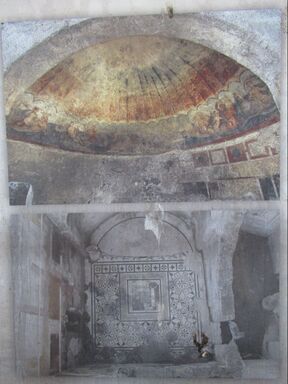 Up until this century, excavations in Campania have concentrated on sites on or near the coast of the Bay of Naples, like Pompeii, Herculaneum, Stabia and Oplontis. There are several reasons for this. Archaeology tends to be random. It only provides us with the evidence that survives and is discovered. Politics also play a role in determining what exploration and excavation is supported. The first official excavations in Campania were made in the 18th century by the Spanish Bourbon rulers of the Kingdom of the Two Sicilies who forbad excavations other than those they patronised. This meant that emphasis was placed on the sites that suffered the most apocalyptic experience of the 79 CE eruption of Mt Vesuvius. These sites were also the best preserved because they were encapsulated in volcanic debris and not reoccupied. This so-called Villa of Augustus was first discovered at Somma Vesuviana during the course of agricultural works in the 1890s. It was rediscovered in 1929 and some excavations were commenced but were not supported or promoted by the regional Superintendent, Amedeo Maiuri, as he suspected that funding this excavation would divert funds and attention from the extensive excavations he was undertaking at Herculaneum. The initial discoveries at the villa were very impressive; they included Roman columns and capitals, stucco and statue fragments. It was assumed that everything stopped in 79 CE and that this villa must have belonged to someone very important prior to the eruption of Mt Vesuvius. With reference to ancient literary evidence, it was suggested that this may have been the place where the first Emperor, Augustus, may have ended his days. The work that has been completed in the 21st century excavations has produced results that require us to completely rethink Campanian history. The structure that was initially discovered at the end of the 19th century is very grand, but it does not date to the 1st century CE. It dates to the 2nd century CE and was repurposed several times over the centuries until it was covered by the eruption of Mt Vesuvius in 472 CE. A wine cellar has been found in a lower terrace and there is evidence of wine production right up to the time of the destruction of the site. The large vessels, known as dolia, that were used to ferment the must were recycled and date back as far as the 1st century AD. This indicates that there was wine production in this region for a number of centuries. It should be noted that while modern scholarship has concentrated on Pompeii, Herculaneum and the other well-known Vesuvian sites, Neapolis and Nola were actually more important in antiquity. In addition, there was very important agricultural activity associated with the production of wine in the Campanian hinterland to the North of Mt Vesuvius which continued for centuries after the 79 CE eruption. The lack of excavation on what Dr De Simone calls the ‘dark side of Vesuvius’ led to the assumption that there was nothing there. We reconstruct the ancient world on the basis of what we find, which does not necessarily reflect everything that existed in the past. The 79 CE eruption preserved a number of sites to a remarkable degree and skewed our perception of the ancient Roman world. The Campanian world did not end for everyone with this volcanic event. Sites were reoccupied and cultivation continued for centuries after this eruption. The villa at Somma Vesuviana is a really important site that rewrites the way we interpret the Bay of Naples and the archaeological sites we thought we knew so well. Acknowledgement: Many thanks to Academy Travel for organising and running this virtual live on-site tour. ReferencesReferences
Macquarie University Ancient History Teachers’ Conference at The Art Gallery of NSW on Fri 20th March. The conference features a fabulous line up of national and international speakers and the latest on Pompeii and Herculaneum by experts working on the sites. This includes members from the Pompeii Cast Project, Dr Alain Middleton and A/Prof Kathryn Welch and TWO keynote speakers: Dr Sophie Hay on 'Representing Pompeii' and Prof Jenifer Niels on Looking for the Overlooked: Women in Ancient Greece.
You will also hear two full streams of talks closely aligned to many of the main options in the Ancient History syllabus given by world-leading scholars. a draft program is out and so are tickets. Don’t miss out! https://macq.it/2vTPmod Our Project Director's Estelle Lazer and Kathryn Welch are currently on tour in Rome! Associate Professor Kathryn Welch regularly takes a lucky group of undergraduate students to Rome as part of the University of Sydney's Summer School Programming. This January the students are learning Roman history and culture not just in the classroom but on the streets of Rome, and through visiting the cities fantastic museums and archaeological sites.
Lecture by GiRolamo ferdinando de simoneOn the 6th of December we were very pleased to welcome our good friend Girolamo Ferdinando De Simone for a public lecture Volcanic People: Vesuvius Before and After the Ad Eruption. We are delighted to be able to share with you a recording of Ferdinando De Simone's wonderful (and informative) lecture:
https://echo360.org.au/…/de711806-f50e-4d17-bbef-e9…/public… If you would like to delve deeper into his research, have a look at the following: G.F. De Simone, "The Agricultural Economy of Pompeii: Surplus and Dependence", in: M. Flohr, A. Wilson (eds.), The Economy of Pompeii, Oxford 2016, 23-51. G.F De Simone and B. Russell, "The late-antique eruption of Vesuvius in A.D. 472 and its impact from the Bay of Naples to Aeclanum", Journal of Roman Archaeology 32 (2019) 359-388. Since 2004 Ferdinando has lead the Apolline Project, a multidisciplinary research project on the North Slope of Mt. Vesuvius and inland Campania. For his innovative studies and the commitment to public archaeology he received in Oslo the 2011 European Archaeological Heritage Prize. We are very grateful to Ferdinando for providing permission to share this lecture on our Pompeii Cast Project pages. And also our sincere thanks to our Education Designer and fabulous colleague Bec Plumbe for all her work assisting in sharing this fantastic lecture with our followers. New discoveries from our colleagues at the Pompeii archaeological park have been making headlines world-wide. The stunning array of gems and tiny objects excavated from Regio V, House of the Garden have offered us a new glimpse into the way in which women could collect jewellery and amulets for personal ornamentation and to protect oneself from bad luck. The variety of materials, from amber to bone and faience hint at the vast trade networks that the Roman world had opened up to Pompeiian citizens. Conservation work and scientific analysis continue on the rest of the finds from the house including DNA analysis on the ten victims uncovered by the excavations., under the direction of General Director Massimo Osanna. MEDIA ROUND UPWe've gathered together just some of the media coverage of this new and exciting find.
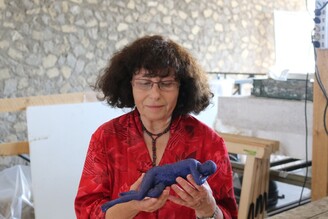 Crowdfunding for research🔬🤔📖🔍 The Pompeii Cast Project utilises the latest developments in digital imaging and scientific analysis to understand the human victims of the eruption of Mt Vesuvius in AD 79, challenging the superimposed lives and personalities of these victims of a mass disaster on the basis of circumstantial and presumptive evidence. The University of Sydney's researchers have set aside these myths to discover what can actually be known about these victims, ensuring throughout the process that we give these people the respect they deserve as humans who were killed in a tragedy nearly 2000 years ago. 100% of your donation will go directly to the project (with no administrative fees) and could assist with the cost of fieldwork, analysis of the data, and enabling our highly skilled team of volunteers to deliver prompt publication of our results. Join the campaign at Sydney University, follow our progress on facebook @pompeiicastproject and donate today. Update by Dr Estelle Lazer We conducted field seasons in Pompeii in October 2018 and January 2019. This work was funded by an Industry and Community Seed Funding grant from the University of Sydney. Our first field season was extremely brief and essentially experimental. We wanted to establish better techniques for X-raying casts on site and to determine whether we could obtain readable X-ray images through lime cement. Ideally, we would have preferred to CT scan all of the casts as this would provide us with maximum information but this is not always possible as many of the victims ended their mortal lives in positions that make it impossible for them to enter the gantry of a CT scanner. In addition, a number of victims were cast on the ground or are still attached to considerable quantities of pyroclastic material that makes it impossible for them to be moved, while others are simply too fragile to be transported to a CT scanner. Taking X-ray images through thick plaster, which is essentially the same density as bone is extremely challenging and it is a credit to our digital X-ray engineer that in spite of the difficulties, we have been able to get some fantastic results. Our October team consisted of Associate Professor Kathryn Welch and myself, as directors of the project, Stijn Luyck, our amazing digital X-ray engineer, with whom we have worked since the beginning of the project, and an equine vet, Dr Julia Ridder, who has worked for many years with Stijn in X-raying horses. They are extremely efficient and make a formidable team. The portable digital X-ray machine that we use was specifically developed for veterinary purposes as there are many animals, like elephants, giraffes and horses, that do not easily enter veterinary clinics. They provided the most recent iteration of the SOUND SPRINT AIR that uses a Canon 810C panel and dedicated algorithms and anti-scatter software to remove the effects of secondary radiation. The X-ray source was a battery powered generator. This has less power than a generator with cables but had the distinct advantage of not needing hard wires that made it more suitable for use around fragile casts. Our experimental work in October 2018 indicated that it was capable of providing good results. In October, we examined a number of the nine casts in lime cement located in Region 1 that are still in situ above the lapilli. This material is not exactly radio-opaque, but there are fewer chances of obtaining readable X-ray images than with plaster. We also examined the four victims cast outside the so-called Porta Nocera that are displayed under cover near the location of their discovery. These plaster casts also present a challenge as they lie close to the ground and it is extremely difficult to angle the equipment to achieve readable X-ray images that are not distorted. Our January field season extended the work we undertook in October. This season particularly benefitted from the establishment of improved techniques for obtaining X-rays through the thick plaster. Our team was considerably larger, including Associate Professor Kathryn Welch, myself, Stijn Luyck, Julia Ridder (assistant radiographer), Jeremy Van Brakel, Dr Alain Middleton (forensic dentist), Associate Professor Dzung Vu (radiologist and anatomist), and Oshry Chageg and James Buckman (photographers). As with our October field season, our work on site was overseen by Pompeii Archaeological Park representative and physical anthropologist, Valeria Amoretti. Inclement January weather hampered our efforts. We could not subject the delicate X-ray machinery to heavy rain. So we concentrated on casts that are stored in covered areas, including those stored in glass cases dating back to the 19th century. Opening these cases was particularly difficult for the workmen on the site but they proved up to the task. We were able to X-ray 18 casts during the course of a week. This led to many interesting new discoveries. For example, we were able to establish sex and age for some of the casts made in the 19th and 20th centuries and also found non-skeletal inclusions embedded within the plaster, like buckles. Even in such a short space of time, there have been so many improvements in technology and techniques that revisiting cases that we studied in the first year of the Pompeii Cast Project proved worthwhile. For example, the 16th victim that was cast in 1890, was first X-rayed in 2015. At that time, we found little skeletal evidence, apart from the lower limbs, the feet and hand bones. In January we discovered evidence of some cranial material, as well as teeth and bone from the upper and lower jaw in the region of the shoulder. We completed another very successful season of fieldwork in April, which will be the subject of a documentary that will go to air later in the year. We will keep everyone informed as more details become available. Watch this space and don't forget to follow us on facebook @pompeiicastproject Thank youWe would, as always like to thank our fabulous team, who worked through in very difficult and uncomfortable conditions in January. We would very much like to thank our partners in this project, the Pompeii Archaeological Park. We are particularly grateful to the Director General of the Pompeii Archaeological Park, Professor Massimo Osanna for his continued support of the Pompeii Cast Project. Special thanks go to our excellent colleagues, Dr Grete Stefani, Dr Alberta Martellone, Dr Bruno di Nigris and Dr Valeria Amoretti, without whom we would not have been able to achieve our goals in October and January. We would also like to thank the University of Sydney for the grant that made this work possible and the support of our school partners at Chester Hill High School and Chifley College as well as Academy Travel. The season in PicturesPhotographs by the wonderful Oshry Chageg - © The Pompeii Cast Project
|
AuthorSArchaeologists, historians, forensic scientists and uni students all contribute their expertise to the blog. Find out more about our team here. blog subjects
All
Archives
March 2024
Comments HelpTo leave a comment on the blog, or read what others have said, click on Comments link in blue at the top or bottom of each post. Then leave your reply in the form supplied.
|
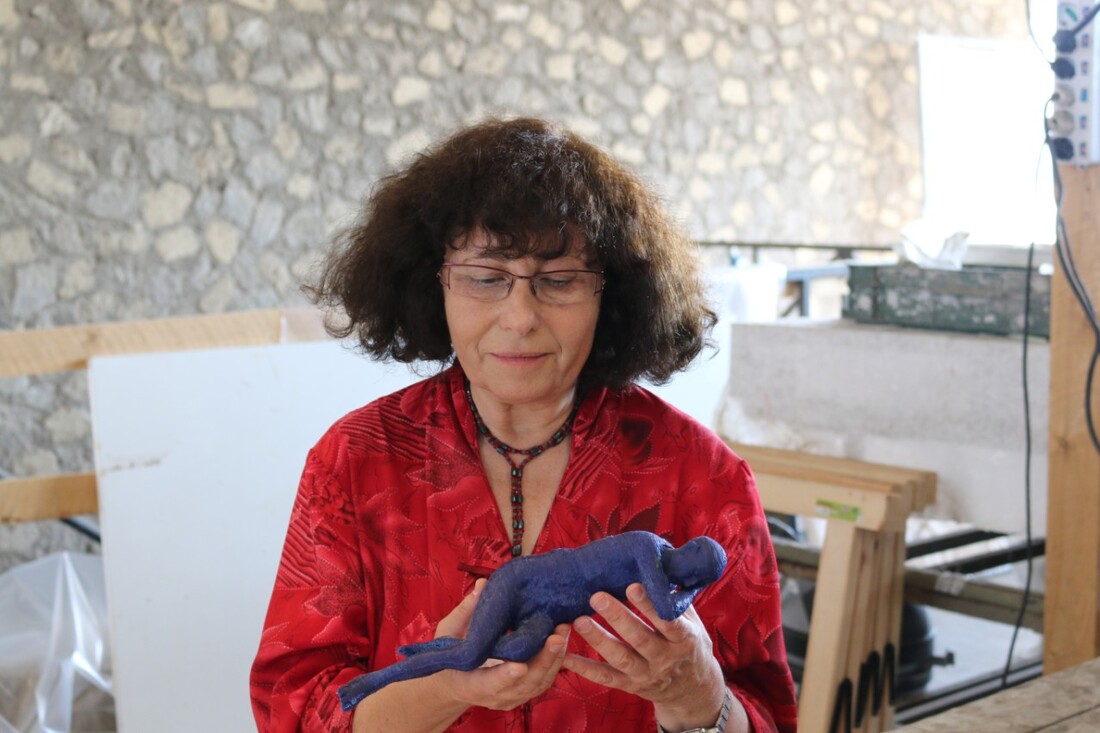
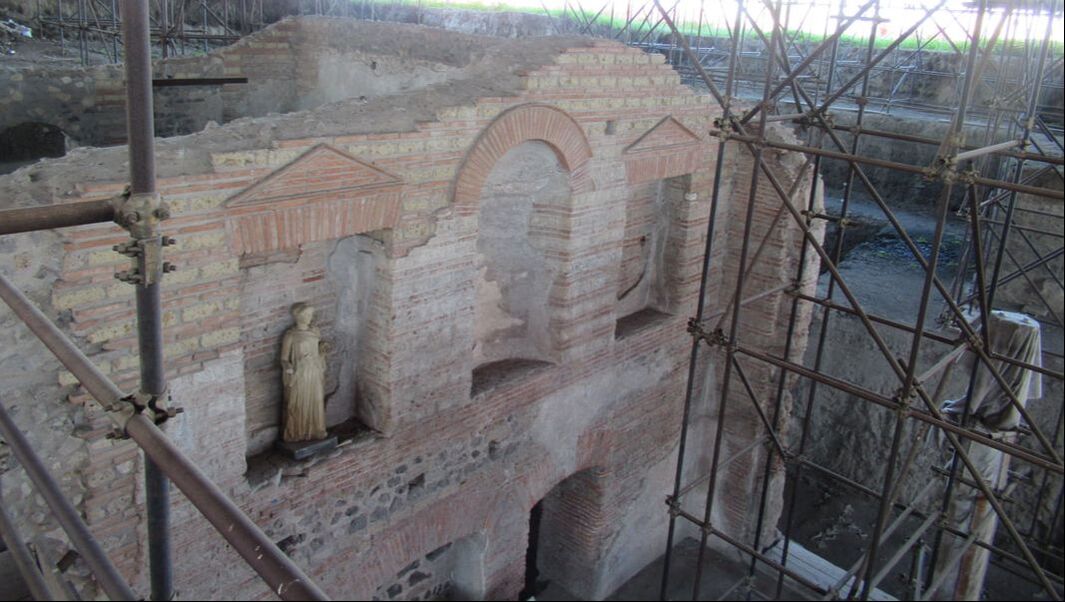
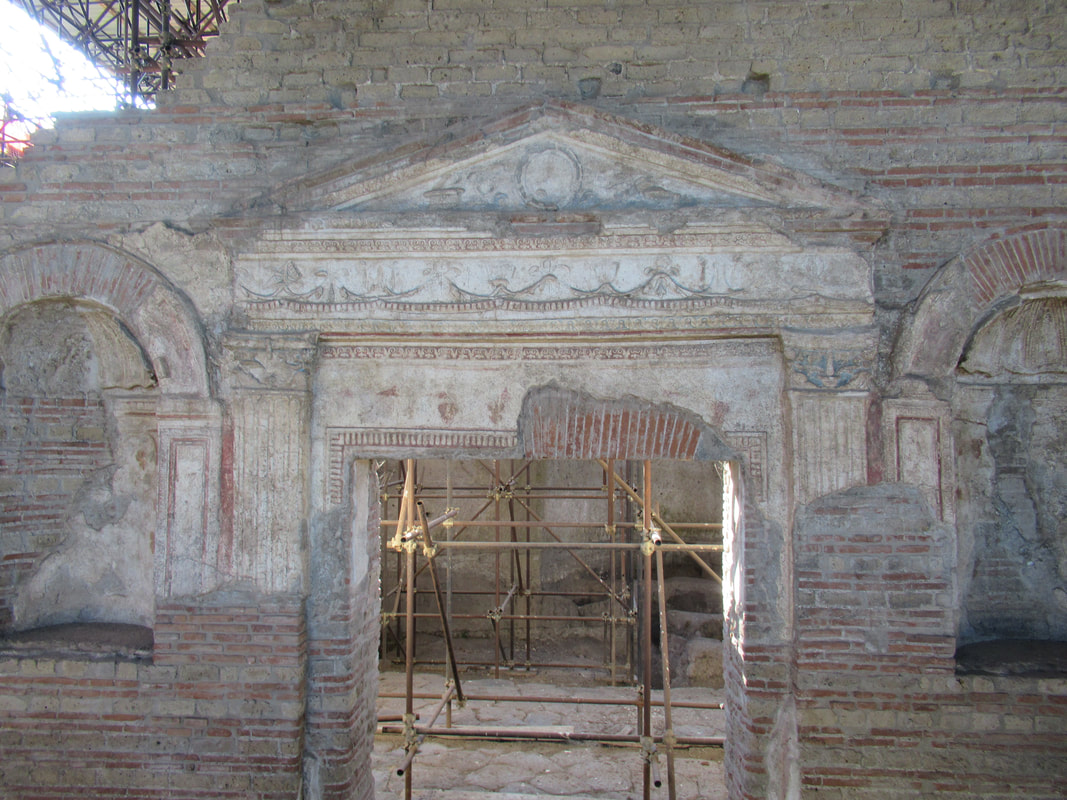
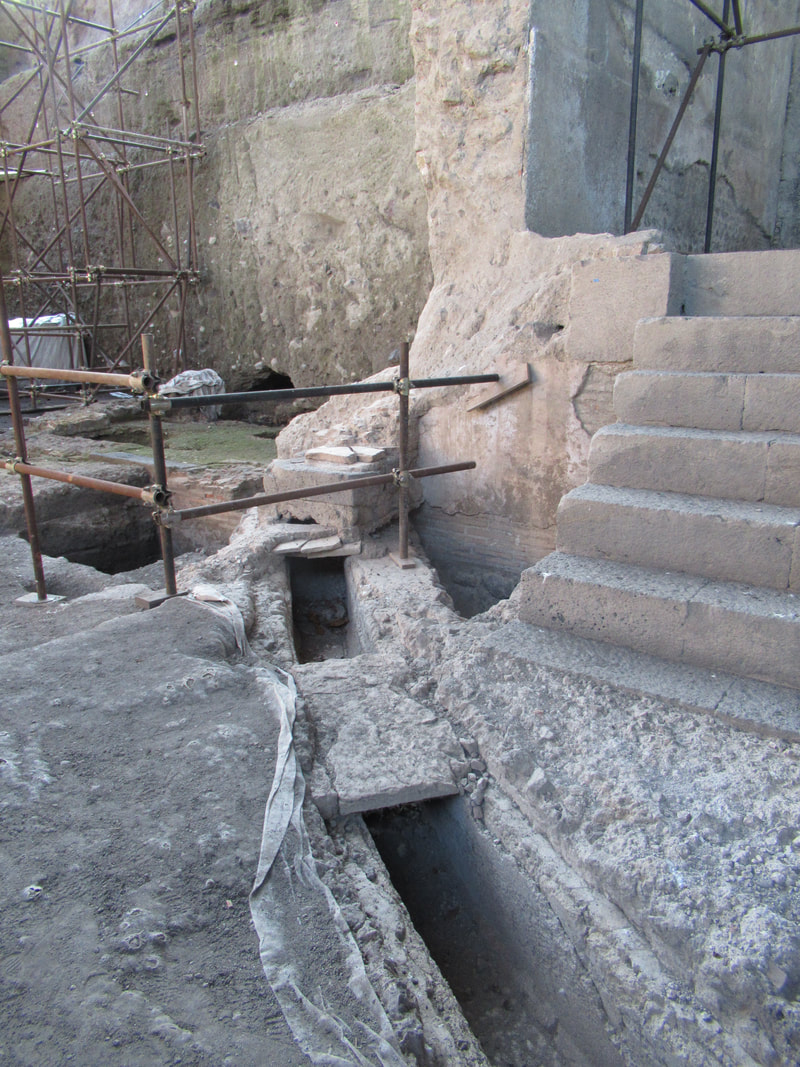

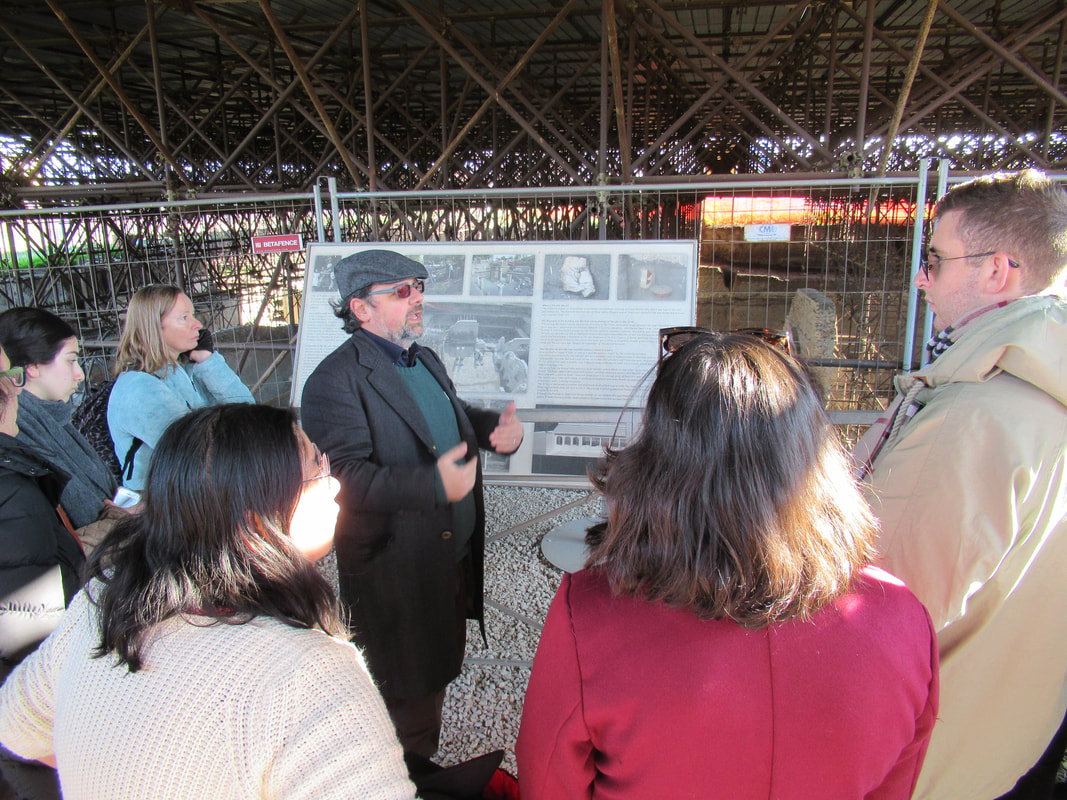
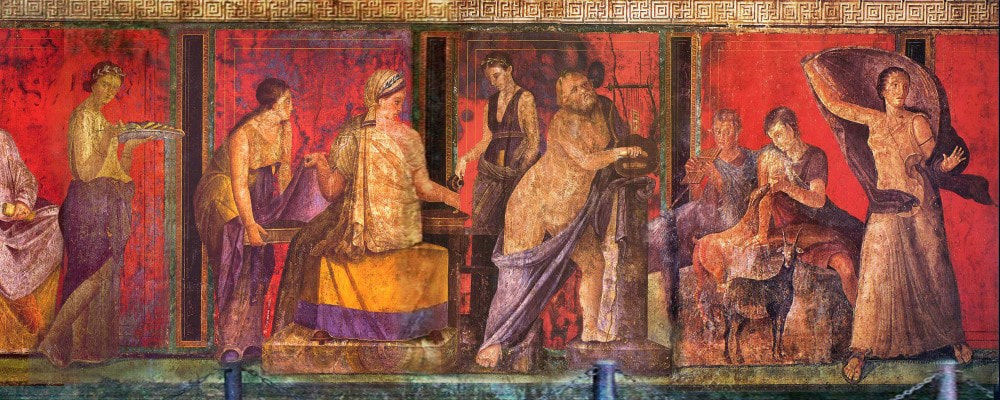


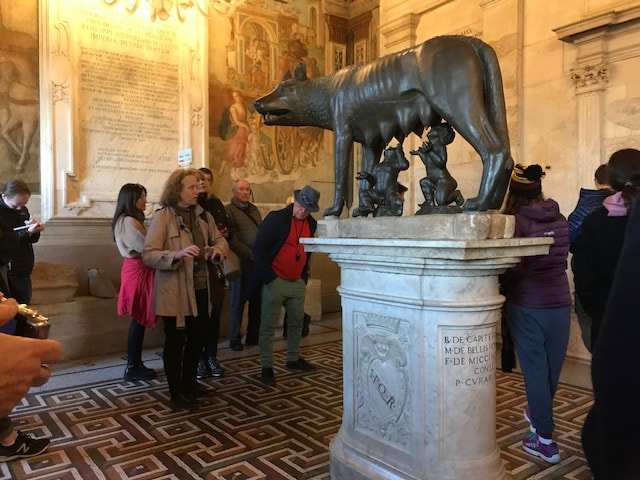
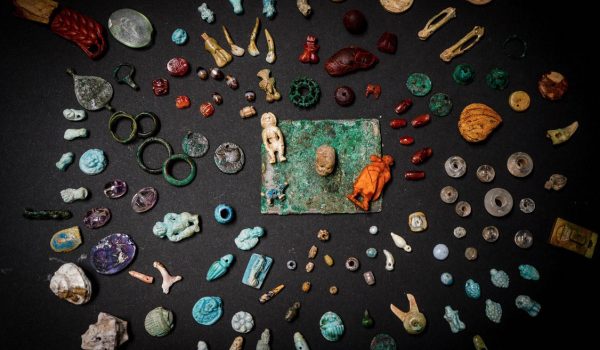
 RSS Feed
RSS Feed